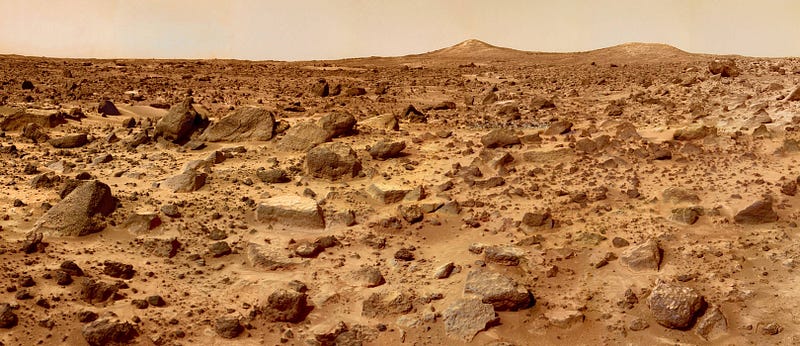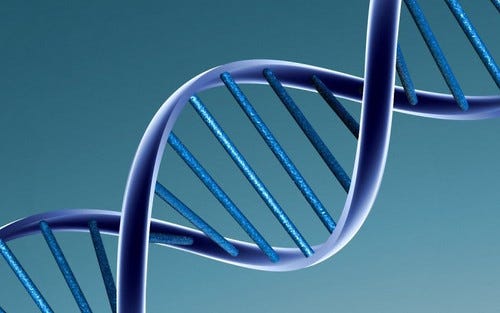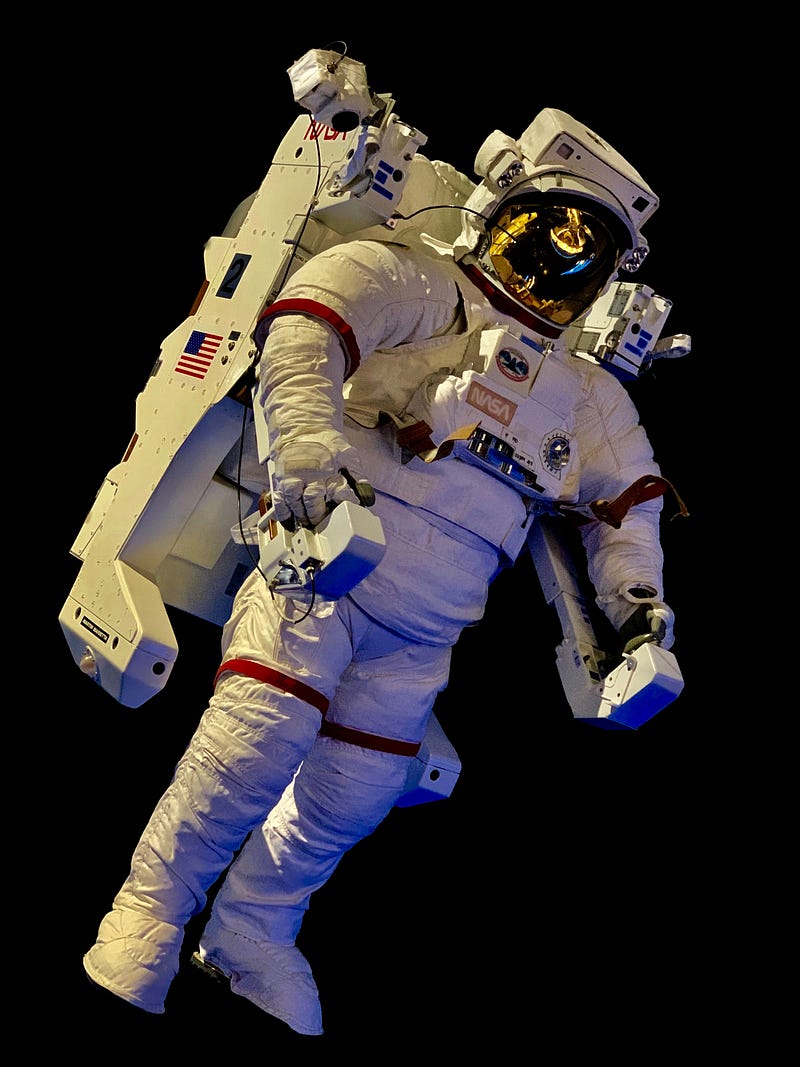Preparing for Mars: The Challenges and Prospects of Space Travel
Written on
Chapter 1: The Journey to Mars
The Moon is merely a preliminary venture when compared to the complexities of reaching Mars. Current research indicates that sending humans to Mars today would be perilous, but advancements in technology may soon alter this scenario.

As a fan of science fiction, I’ve experienced nail-biting moments while watching military operations on Mars in "The Expanse," or witnessing Mark Watney's desperate fight for survival in "The Martian." Films like "2036 Origin Unknown" depict hair-raising scenarios of landing on Martian soil. However, the stark reality is that challenges begin the moment we leave our planet. Leticia Vega, NASA’s associate chief scientist for Human Research, succinctly describes the situation: “Any proposed mission to Mars could be likened to ‘four to six individuals cohabiting in a confined space for three years.’”
Space Radiation Risks
Spending three years in space without Earth’s protective environment poses a significant threat to human health. Earth provides safety through its gravitational and magnetic fields, which shield us from harmful solar winds and radiation. Unlike Earth, which retains a robust atmosphere, the other inner planets lack such defenses. We can think of Earth’s magnetic field as a protective barrier, as evidenced by phenomena like the aurora borealis.

Once astronauts embark on their journey, these protective measures are lost. High-energy solar particles can penetrate spacecraft, inflicting damage to human DNA and increasing the risk of radiation sickness and cancer. Research has demonstrated the correlation between space flight duration and DNA damage, with HeLa cells subjected to 40 days in a Russian space station exhibiting significant radiation exposure. The implications of prolonged exposure to these conditions are alarming, raising questions about the long-term health of astronauts returning from Mars missions.
NASA is exploring solutions to mitigate radiation exposure. Sheila Thibeault, a materials researcher, acknowledges progress in radiation shielding, stating, “We’ve made strides in reducing exposure to energetic particles, but we’re still searching for effective shielding materials.” Some promising options include polyethylene, commonly found in plastic bottles, and hydrogenated boron nitride nanotubes (BNNTs), which may effectively absorb neutrons.

Addressing Weightlessness
Another significant challenge of space travel is the absence of gravity. Humans are inherently adapted to live under gravitational forces, and without it, bodily functions such as fluid circulation can become compromised. Muscle and bone deterioration occurs, necessitating that astronauts engage in rigorous exercise routines aboard the International Space Station to maintain their physical health. Changes in intracranial pressure can lead to vision problems and balance issues.
To combat these effects, NASA has developed a lower body negative pressure (LBNP) chamber that applies pressure to the lower body, mimicking Earth-like conditions. Alan Hargens, a space physiologist, emphasizes the uncertainty surrounding the long-term impacts of such treatments, stating, “We don’t know how long [LBNP] needs to be used to protect the body from fluid shifts in space.” He has created a prototype suit designed for daily use that simulates artificial gravity.
The Human Element
What about the astronauts themselves? How will they manage their medical and psychological needs during such an extensive mission?

Even with a physician onboard, medical emergencies could arise that require more than just expertise. A company called VisualDX is working with NASA to adapt its diagnostic tool for astronauts in deep space, allowing for medical assessments without the need for internet access. This tool will focus on conditions that astronauts are more likely to encounter, thus reducing reliance on Earth-based communications.
Combining this system with the Autonomous Medical Officer Support (AMOS) will enable non-physicians to perform essential medical procedures. Current testing aboard the International Space Station is assessing the effectiveness of these technologies for future Mars missions. The vast distance between Mars and Earth means that even light-speed communications will experience delays, complicating medical advice.
While progress is being made in the biomedical field to ensure human survival on long-duration space missions, uncertainties remain. Erik Antonsen, an emergency medicine physician and aerospace engineer at NASA, warns, “The moon feels like a practice run compared to the challenges of Mars. It’s likely that someone will face life-threatening situations on our first missions.”

The longest humans have successfully spent on the Moon is three days, a far cry from the extended duration of a potential Mars mission. Although various technologies are under development to address these challenges, medical devices and support systems are still not ready for such an endeavor, with a timeline suggesting that a human mission to Mars may not occur until the 2030s.
Exploring Lunar and Martian Landscapes
In the video "How Camping on the Moon will Prepare us for Mars," LeVar Burton discusses the importance of lunar missions as a testing ground for the challenges that await us on Mars, emphasizing the lessons that can be learned from our nearest celestial neighbor.
The second video, "Earth, Moon, and Mars: Planet Scale That Makes Cents!," explores the comparative scale of these celestial bodies and discusses the practicalities of space exploration and colonization.
While humanity’s ambition to colonize Mars is a bold vision, it remains a distant dream that requires continued innovation and preparation.